https://news-navigator.labs.loc.gov/search
Search 1.56 million historic newspaper photos using Newspaper Navigator!
https://news-navigator.labs.loc.gov/search
Search 1.56 million historic newspaper photos using Newspaper Navigator!
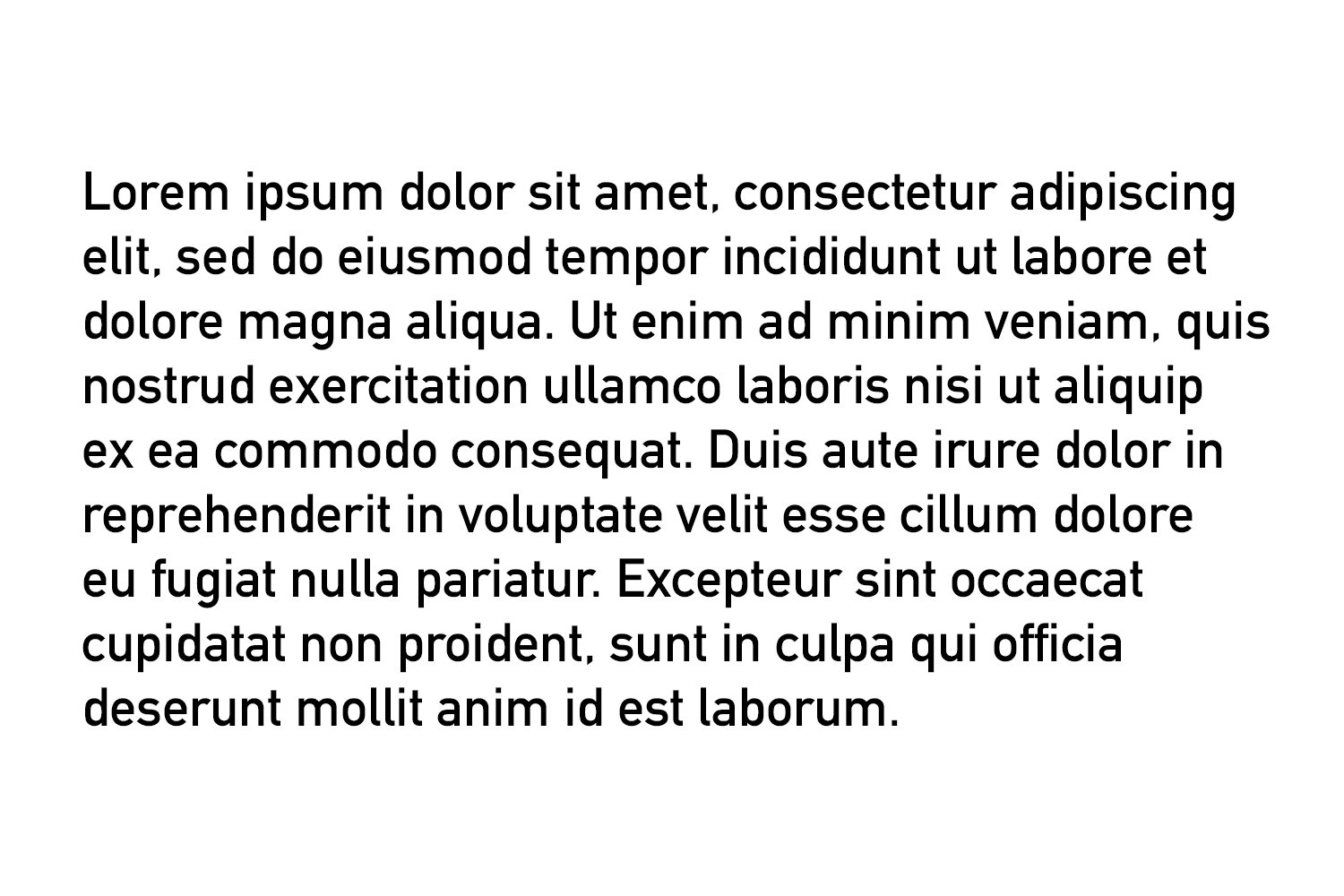
via Conscientious Photography Magazine: https://cphmag.com/add-words-to-pictures/
How do you go tackle writing about your photographs? This question poses possibly the most vexing challenge for most photographers. I keep coming back to it because I write about other people’s pictures, and I listen to or read what photographers say or write about their own work. In some ways, the preceding is going to be a variant of older pieces (you can find them here and here). However, now I feel that I have more clarity about the subject than before.
via AnOther: https://www.anothermag.com/art-photography/12804/mary-ellen-mark-quotes-book-of-everything-steidl-ward-81-streetwise
As Steidl publishes an extensive tome on Mary Ellen Mark’s incomparable photographic career, a selection of the late photographer’s own thoughts on her chosen medium

Find out which women in sports photography inspire PhotoShelter members Sarah Sachs, Jennifer Stewart, Abbie Parr and Casey Brooke.
via PhotoShelter Blog: https://blog.photoshelter.com/2020/09/women-in-sports-photography-celebration/?utm_source=feedburner&utm_medium=feed&utm_campaign=Feed%3A+PhotoshelterBlog+%28PhotoShelter+Blog%29
As live sports begin to make a comeback, we want to take this opportunity to talk about representation, and to highlight some incredible women in sports photography. These women are creating stunning images and leading the way for other aspiring photographers in the field (and on the field).
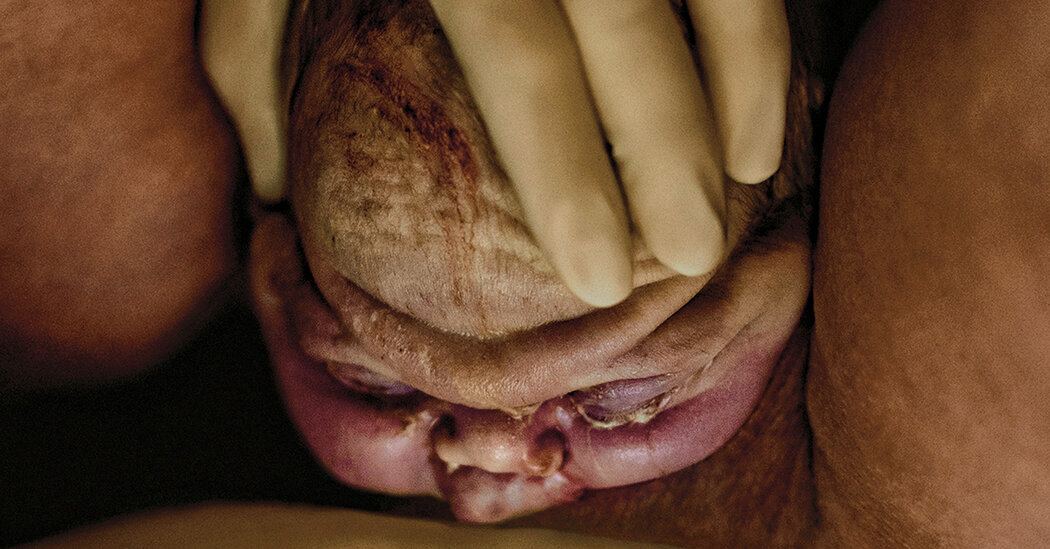
Heji Shin’s striking, discomfiting work poses an important question for the contemporary age: What do we expect art to do, and does the artist have a responsibility to do it?
Link: https://www.nytimes.com/2020/08/27/t-magazine/heji-shin-photographer-babies.html
Heji Shin’s striking, discomfiting work poses an important question for the contemporary age: What do we expect art to do, and does the artist have a responsibility to do it?
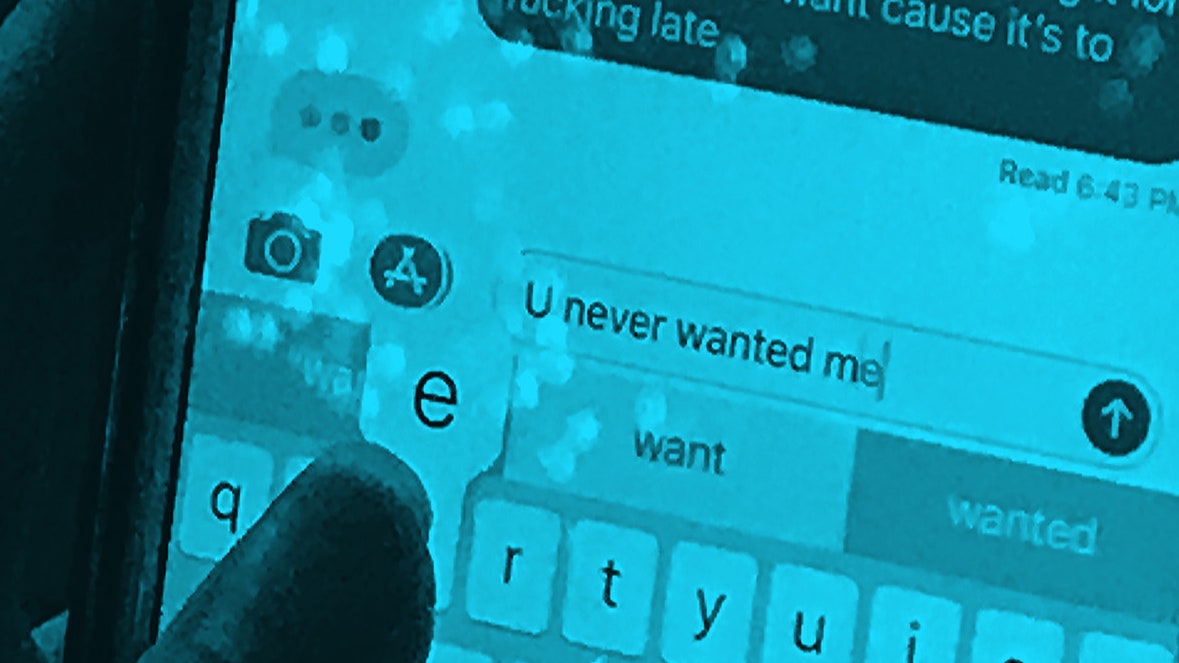
Jeff Mermelstein’s photo collection “#nyc” captures the quotidian dramas taking place on the phone screens of unsuspecting strangers.
via The New Yorker: https://www.newyorker.com/culture/photo-booth/the-photographer-peeking-at-your-phone
In October of 2017, the photographer Jeff Mermelstein, who has been taking pictures of New York City street life since the early nineteen-eighties, was walking in midtown, on one of his near-daily shooting expeditions, when he encountered something he had never thought to capture before. “It was somewhere around Eighth Avenue and the mid-Forties,” Mermelstein told me from his home in Brooklyn, when I called him the other day. “I noticed that a woman was sitting there, tapping something out on her phone.” Operating on half-conscious instinct, as he often does when photographing, Mermelstein raised his own phone, went up to the woman, and took a picture, focussing not on her, as he might usually have done, but on the screen of her device. “She was doing a Google search, and it was something about wills, and a line came up about finding six thousand dollars in an attic. It was just a couple of lines there, but I suddenly felt, This could be the germ of a short story. It was a galvanizing moment.”
via AnOther: https://www.anothermag.com/art-photography/12772/joel-meyerowitz-guide-to-photography-how-i-make-photographs-book
Legendary image-maker Joel Meyerowitz shares his advice for aspiring photographers, as his new book How I Make Photographs is published
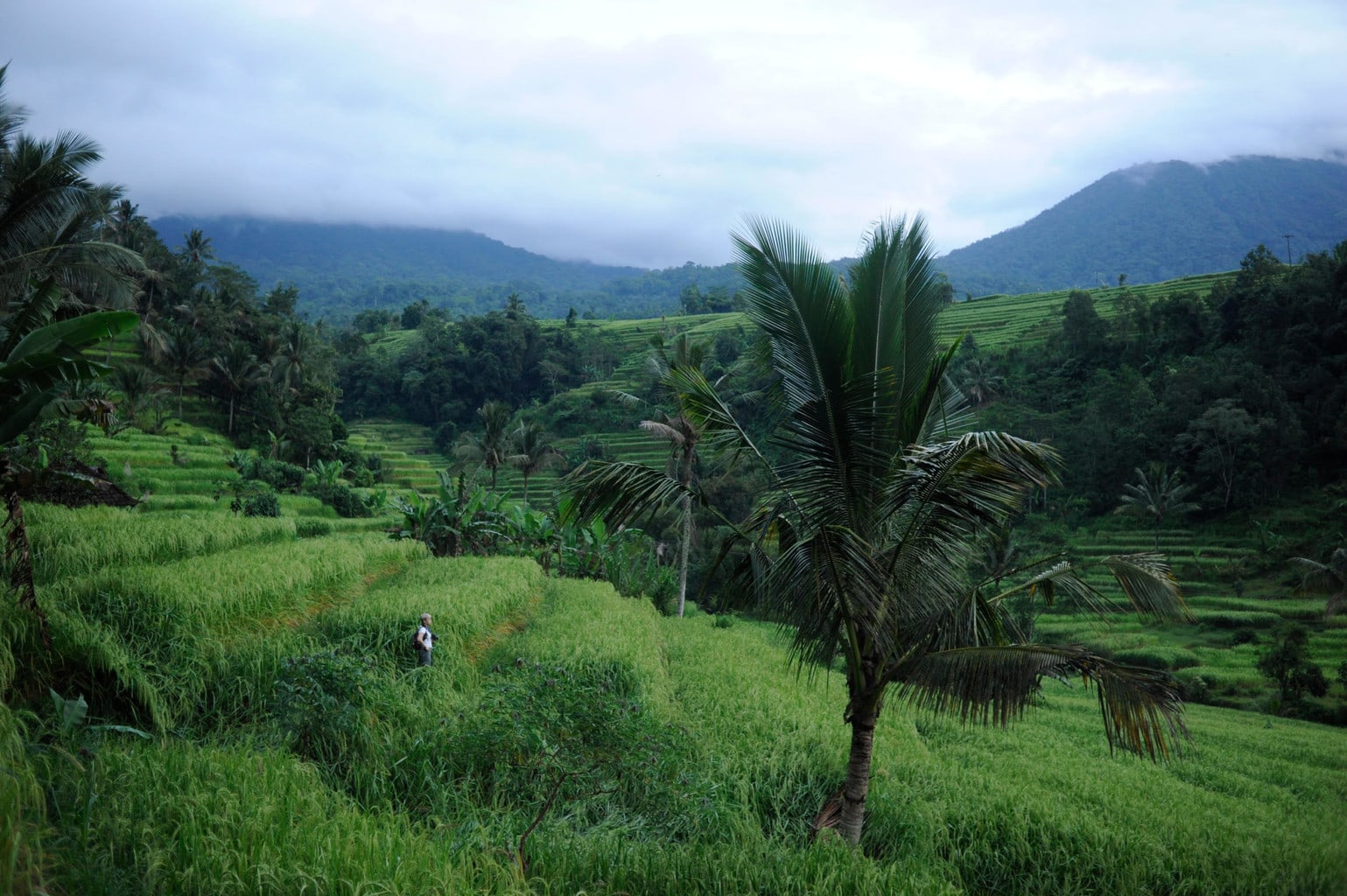
Find out how major photography workshop organizations have changed their 2020 plans due to COVID-19. Plus, take a look at who’s still in session.
via PhotoShelter Blog: https://blog.photoshelter.com/2020/08/2020-photography-workshops/?utm_source=feedburner&utm_medium=feed&utm_campaign=Feed%3A+PhotoshelterBlog+%28PhotoShelter+Blog%29
While we typically bring you a list of 40+ workshops to consider, we’re changing that approach this year. Below, you’ll find details about how popular workshops have pivoted due to the pandemic. Predictably, many have adopted online models while a handful of others have chosen to cancel their plans altogether.
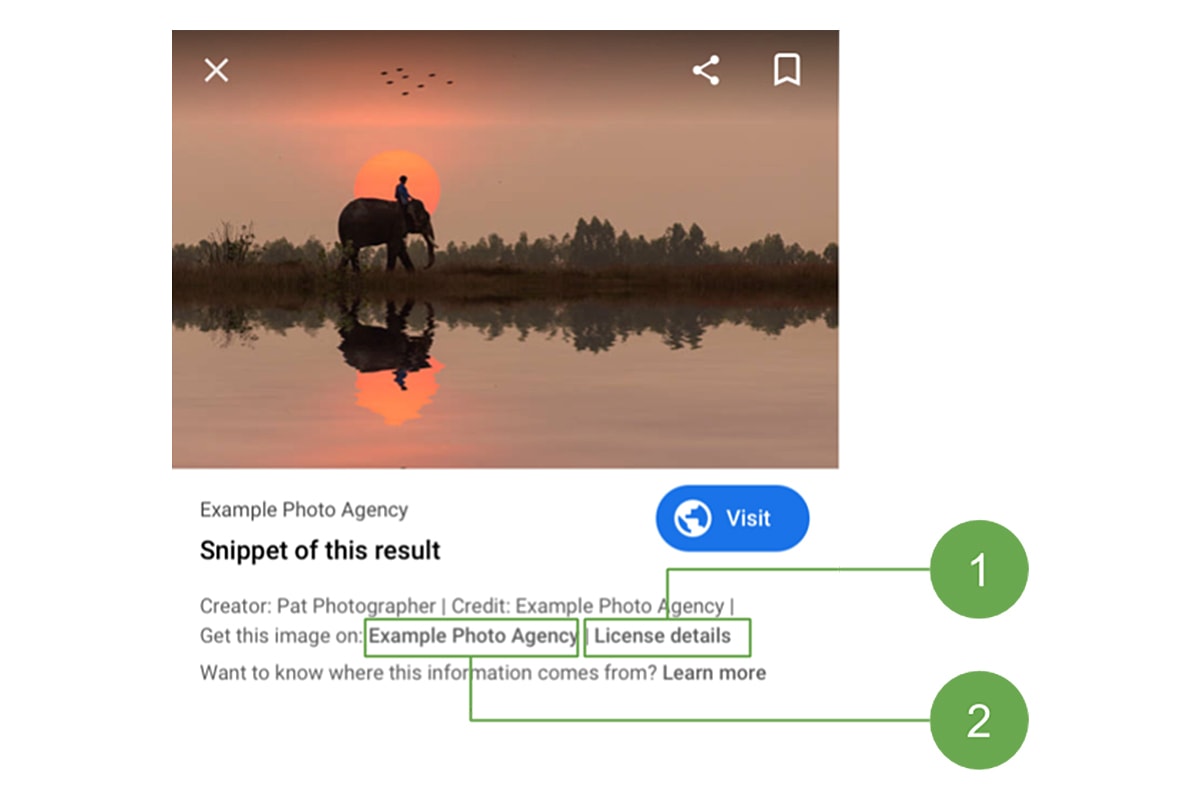
PhotoShelter General Manager Grover Sanschagrin explains Google’s new Image Licensing program and how to get set up to sell your photography.
via PhotoShelter Blog: https://blog.photoshelter.com/2020/08/sell-photos-with-google-image-licensing/?utm_source=feedburner&utm_medium=feed&utm_campaign=Feed%3A+PhotoshelterBlog+%28PhotoShelter+Blog%29
I am excited about the new Google Image Licensing program, and you should be too. Let me explain why.
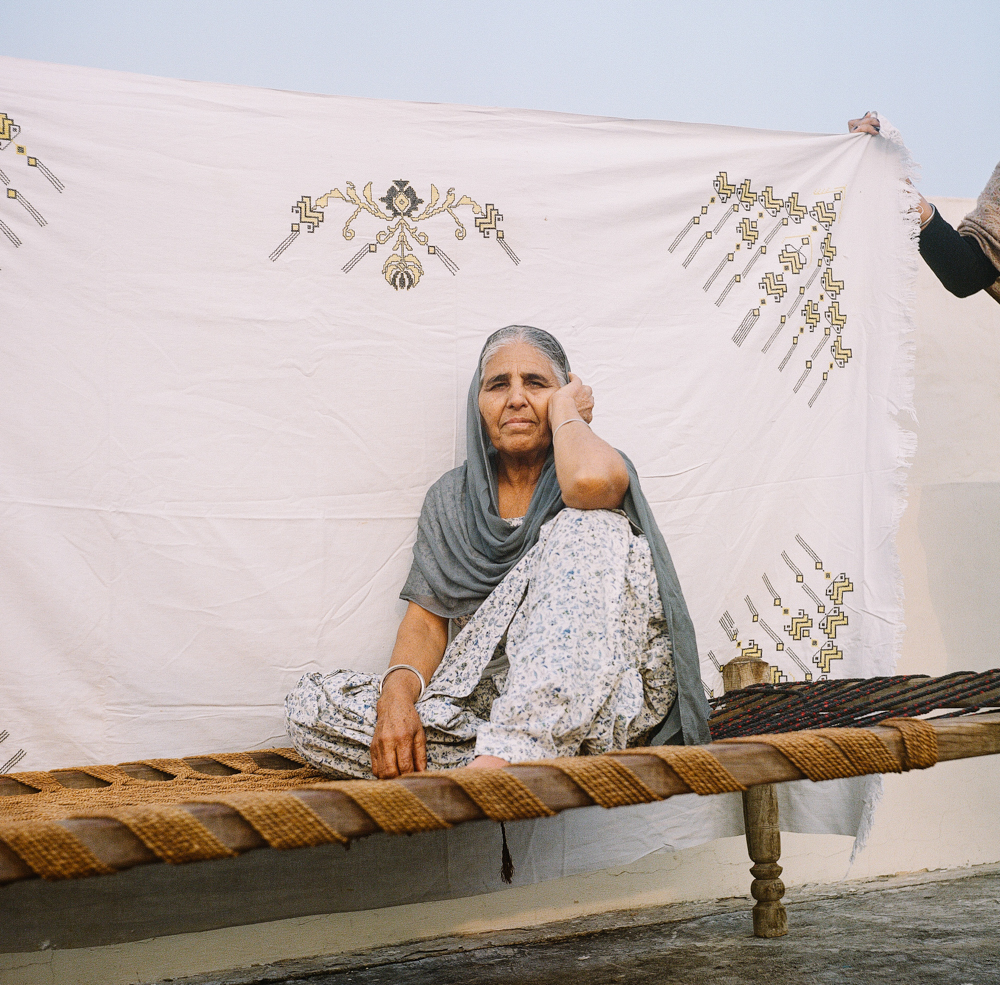
Baljit Singh and I are Internet friends. We haven’t met in real life, nor do we really message each other all that often. I only know her through the details that she shares — the visuals she posts and the words she writes. I think we sort of just admire
Baljit Singh and I are Internet friends. We haven’t met in real life, nor do we really message each other all that often. I only know her through the details that she shares — the visuals she posts and the words she writes. I think we sort of just admire each other’s work from afar. I can’t even remember where I first saw her photographs. The most likely answer would be Instagram, but my memory keeps visualizing a Tumblr page.
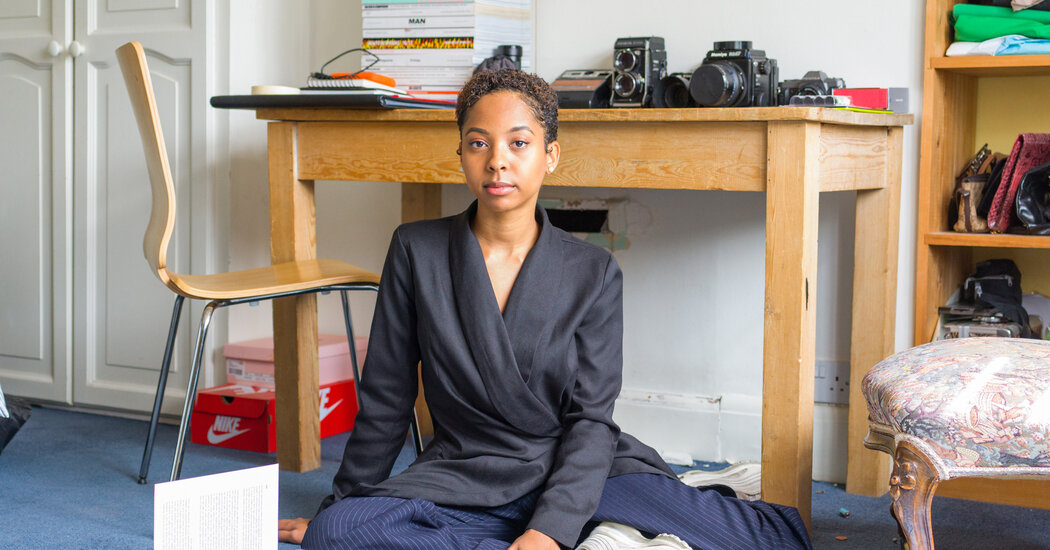
The Jamaica-born, London-based Amber Pinkerton makes stylish pictures that lead with her subjects’ humanity.
Link: https://www.nytimes.com/2020/08/10/t-magazine/amber-pinkerton-photography.html
The Jamaica-born, London-based Amber Pinkerton makes stylish pictures that lead with her subjects’ humanity.
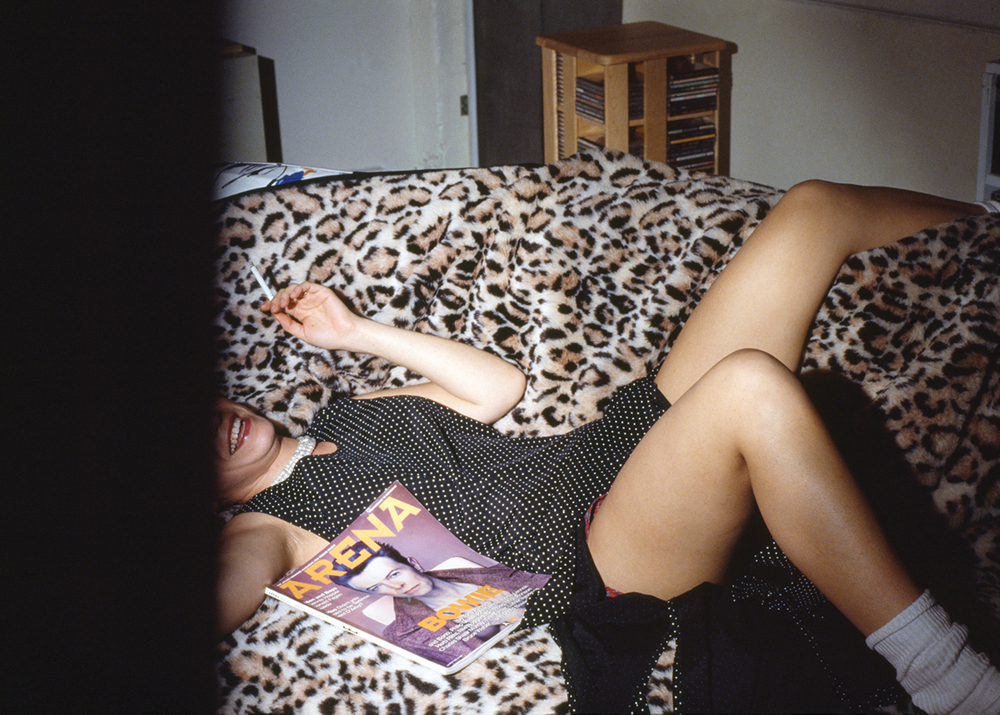
Inviting strangers to go through his photographs, Srinivas Kuruganti’s five day experiment turned the personal public, exploring the fluidity of narrative and the boundaries of the archive
via LensCulture: https://www.lensculture.com/articles/srinivas-kuruganti-this-archive-has-no-legs
Inviting strangers to go through his photographs, Srinivas Kuruganti’s five day experiment turned the personal public, exploring the fluidity of narrative and the boundaries of the archive.
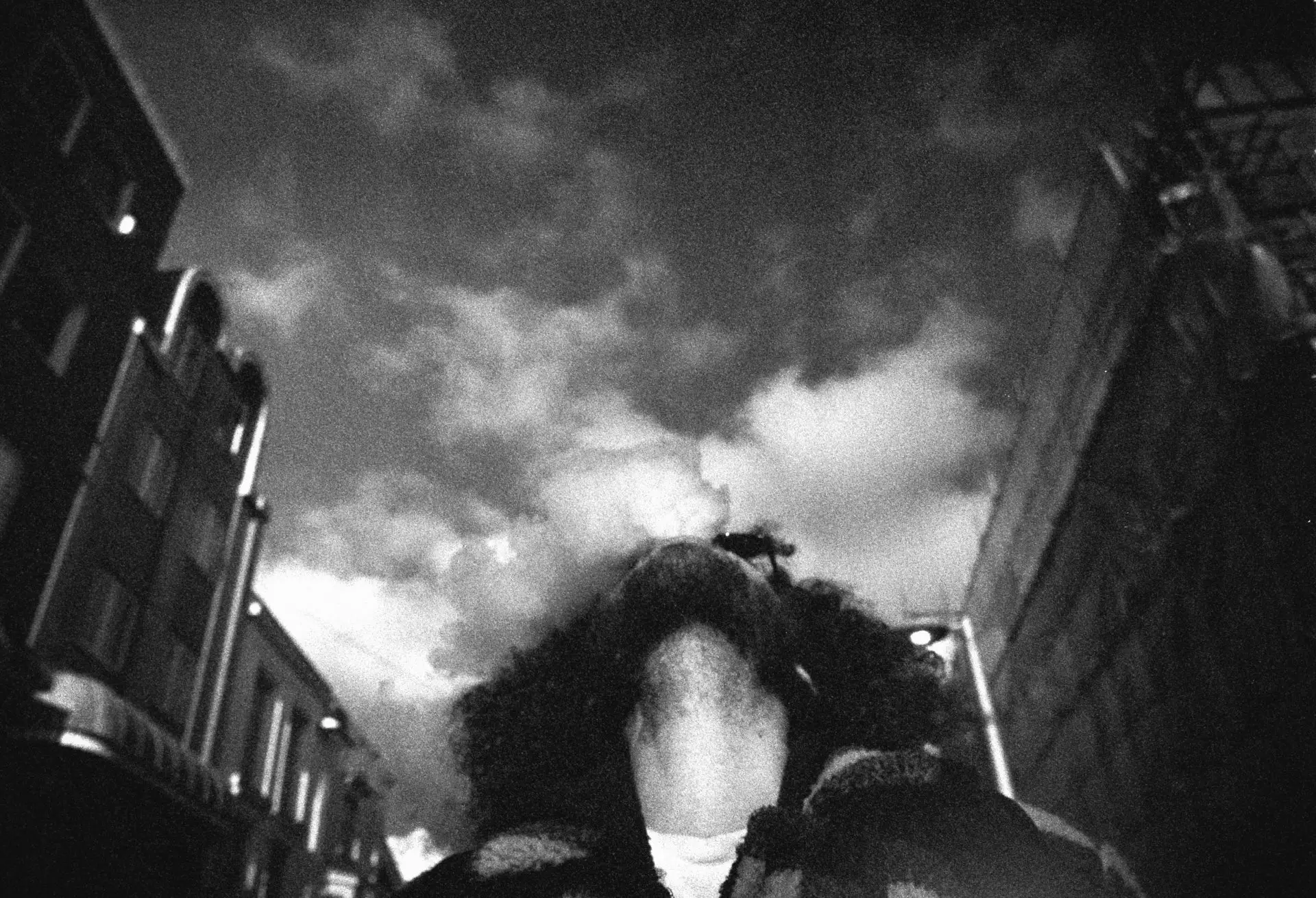
Before the widespread use of recorded sound, if you were a music aficionado with a favored piece of baroque music you would be lucky if you heard it more than a handful of times in your lifetime. The circumstances of the orchestra necessary to perform the piece, being able to afford to attend such a recital in the first place – many factors are necessary to listen to that music in the first place, let alone multiple times. Today I, and I think many others, have the experience of finding a piece of music, enjoying it, and then playing it on repeat until utterly exhausted of it and never want to hear it again.
via 35mmc: https://www.35mmc.com/22/07/2020/limiting-and-reflecting-on-my-digital-output-by-simon-king/
Powerful work cannot be rushed, and the slow, decisive approach to producing and sharing such images ensure that their relevancy goes beyond simply grabbing the front page – the intent is not to break the story but rather to tell it holistically and conscientiously.
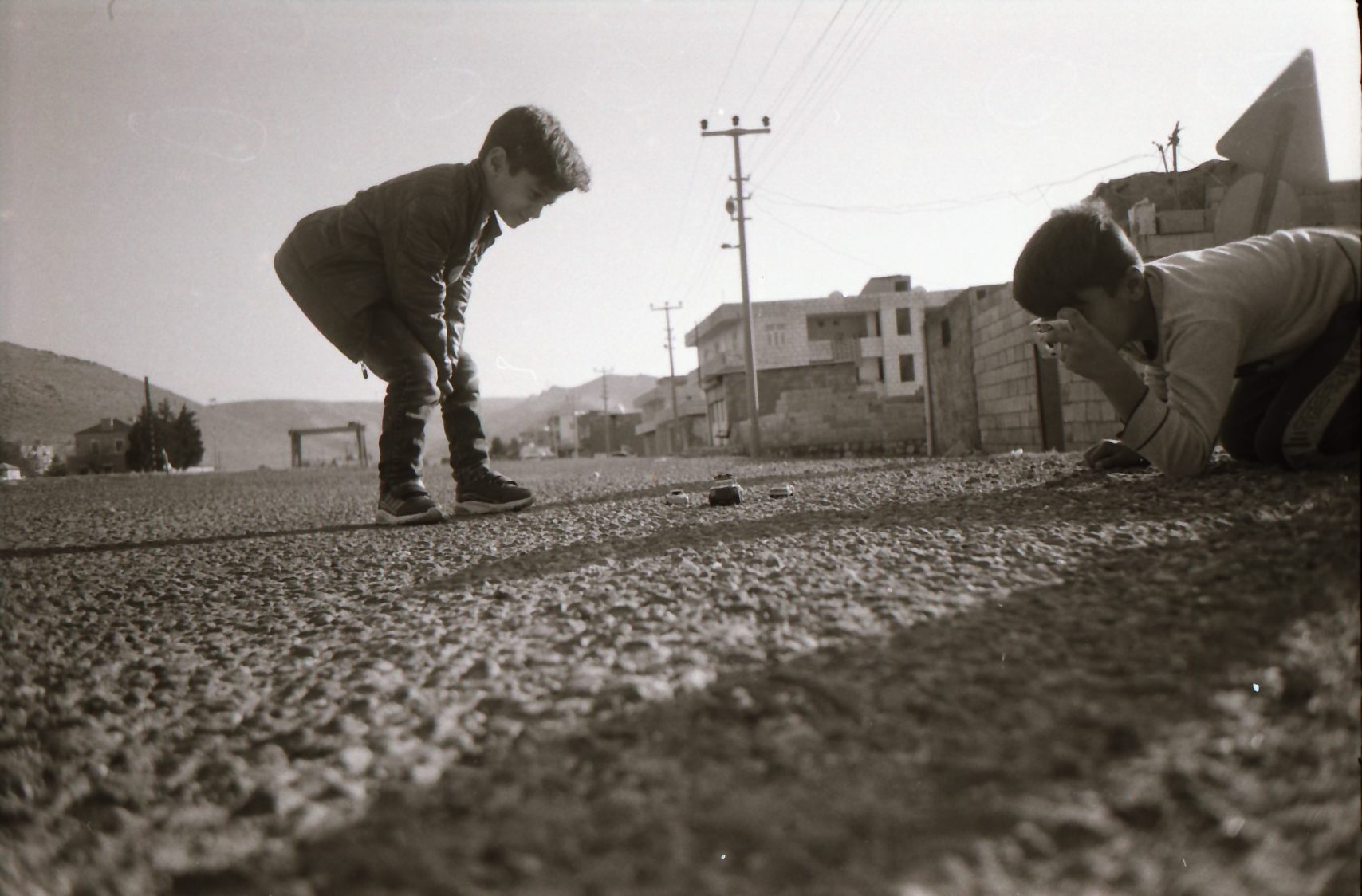
Sirkhane Darkroom teaches vulnerable communities how the act of documentation can help them to process their own experience.
via Huck Magazine: https://www.huckmag.com/art-and-culture/photography-2/sirkhane-darkroom-photography-school-syria-turkey/
As the Director of Sirkhane Darkroom, photographer Serbest Salih teaches young people from vulnerable communities – many of them refugees – how to use cameras to process the world around them.
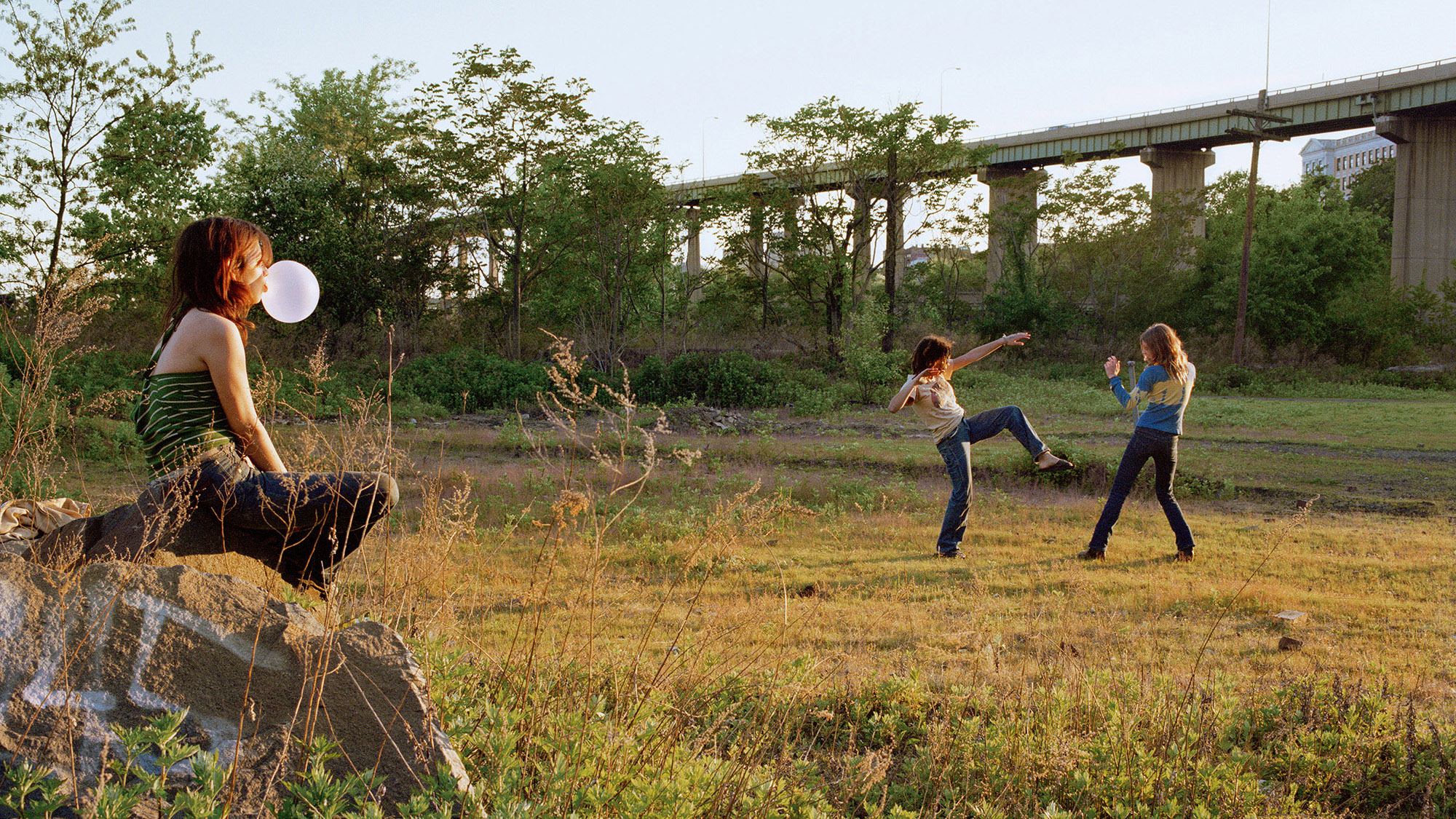
Between 1997 and 2002, the photographer portrayed teenage girls as imagined rebels, offering a radical vision of community and feminism against the masculine myth of the American landscape.
via Aperture Foundation NY: https://aperture.org/blog/justine-kurland-girl-pictures/
Between 1997 and 2002, the photographer portrayed teenage girls as imagined rebels, offering a radical vision of community and feminism against the masculine myth of the American landscape.
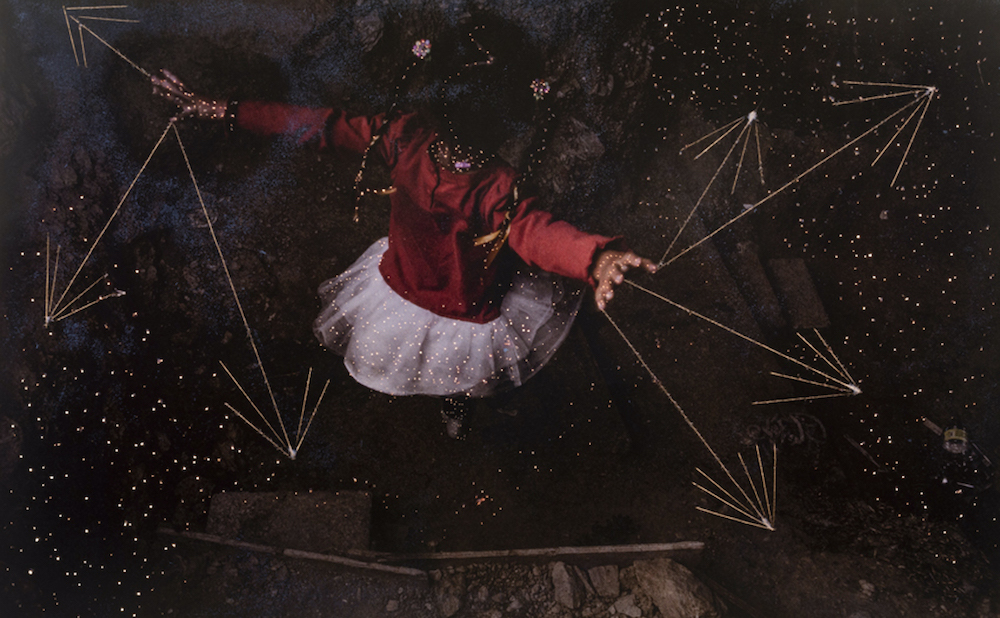
Magnum, which is entirely owned by photographers, started its historic membership program back in 1955.
via Hyperallergic: https://hyperallergic.com/574749/magnum-photos-nominates-five-photographers-to-join-organization/
This year, Magnum presents five new prospects, who will first join the organization as nominees before potentially gaining admission to the Magnum collective as lifelong members. The international cohort includes Khalik Allah (USA), Sabiha Çimen (Turkey), Colby Deal (USA), Yael Martínez (Mexico), and Hannah Price (USA), and demonstrates an abiding interest in amplifying a diverse perspective, both in terms of photographer and subject.
Are social media and selfie culture killing the outdoors? Nah… but as a visit to some overshared spots reveals, they’re challenging our notions about whether there’s a right way to appreciate nature—and who gets to do it.
via Outside Online: https://www.outsideonline.com/2415324/instagram-social-media-geotagging-outdoors-oversharing
Are social media and selfie culture killing the outdoors? Nah… but as a visit to some overshared spots reveals, they’re challenging our notions about whether there’s a right way to appreciate nature—and who gets to do it.

This week on Photojournalism Now: Friday Round Up – Australia’s premier photo collective Oculi welcomes nine new members and the exhibition APA Stories competition which celebrates long…
via Photojournalism Now: https://photojournalismnow43738385.wordpress.com/2020/06/26/photojournalism-now-friday-round-up-26-june-2020/
Australia’s premier photo collective has doubled its membership with the announcement of nine new members:
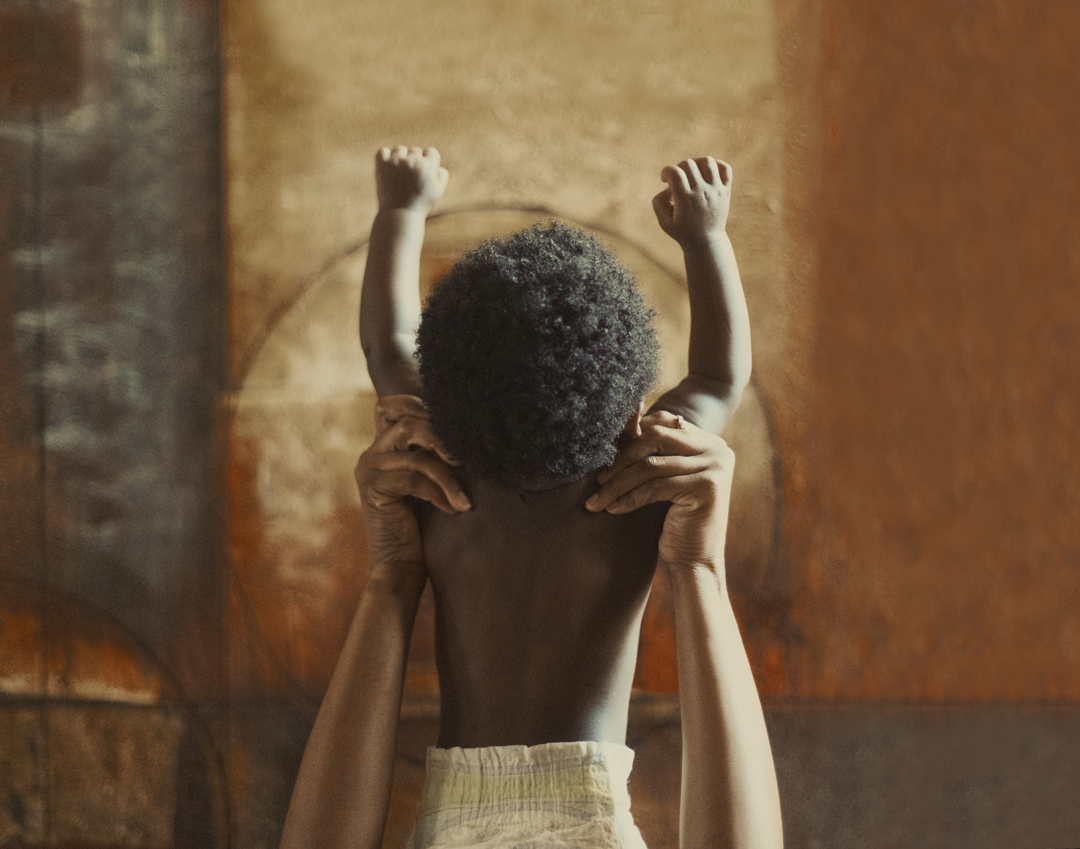
The See in Black collective, a coalition of 80 Black photographers dedicated to uplifting and advocating for Black visibility, is hosting a limited, two-week print sale, with support from Artifact…
via Feature Shoot: https://www.featureshoot.com/2020/06/80-black-photographers-come-together-for-a-historic-print-sale/
The See in Black collective, a coalition of 80 Black photographers dedicated to uplifting and advocating for Black visibility, is hosting a limited, two-week print sale, with support from Artifact Uprising. Launched on Friday, Juneteenth, also known as Freedom Day, it will remain open until July 3rd, the day before Independence Day.
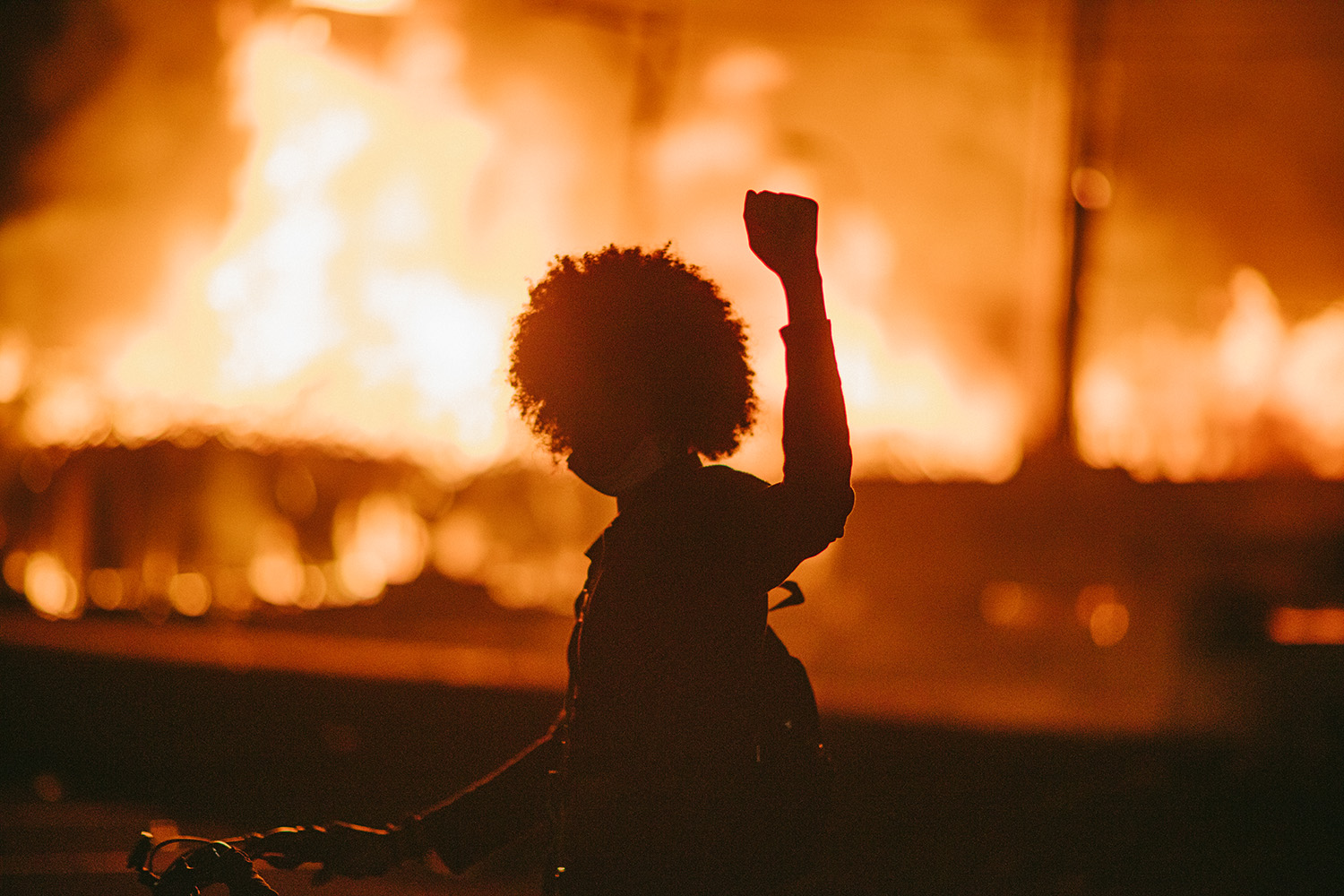
And not only during a crisis.
via Aperture Foundation NY: https://aperture.org/blog/talks-interviews/why-photo-editors-need-to-hire-black-photographers-every-day/
I recently spoke with Scruggs and three other Black photo editors and photographers about covering this moment and what needs to change: Lynsey Weatherspoon, a photographer based in Atlanta; Wale Agboola, a photographer based in Minneapolis; and Brent Lewis, photo editor at the New York Times and cofounder of Diversify Photo. They talked about the inherent subjectivity of photojournalism, the racist distribution of power and opportunity in the industry, and their demands for a sustained commitment to make photography more Black, far into the future.